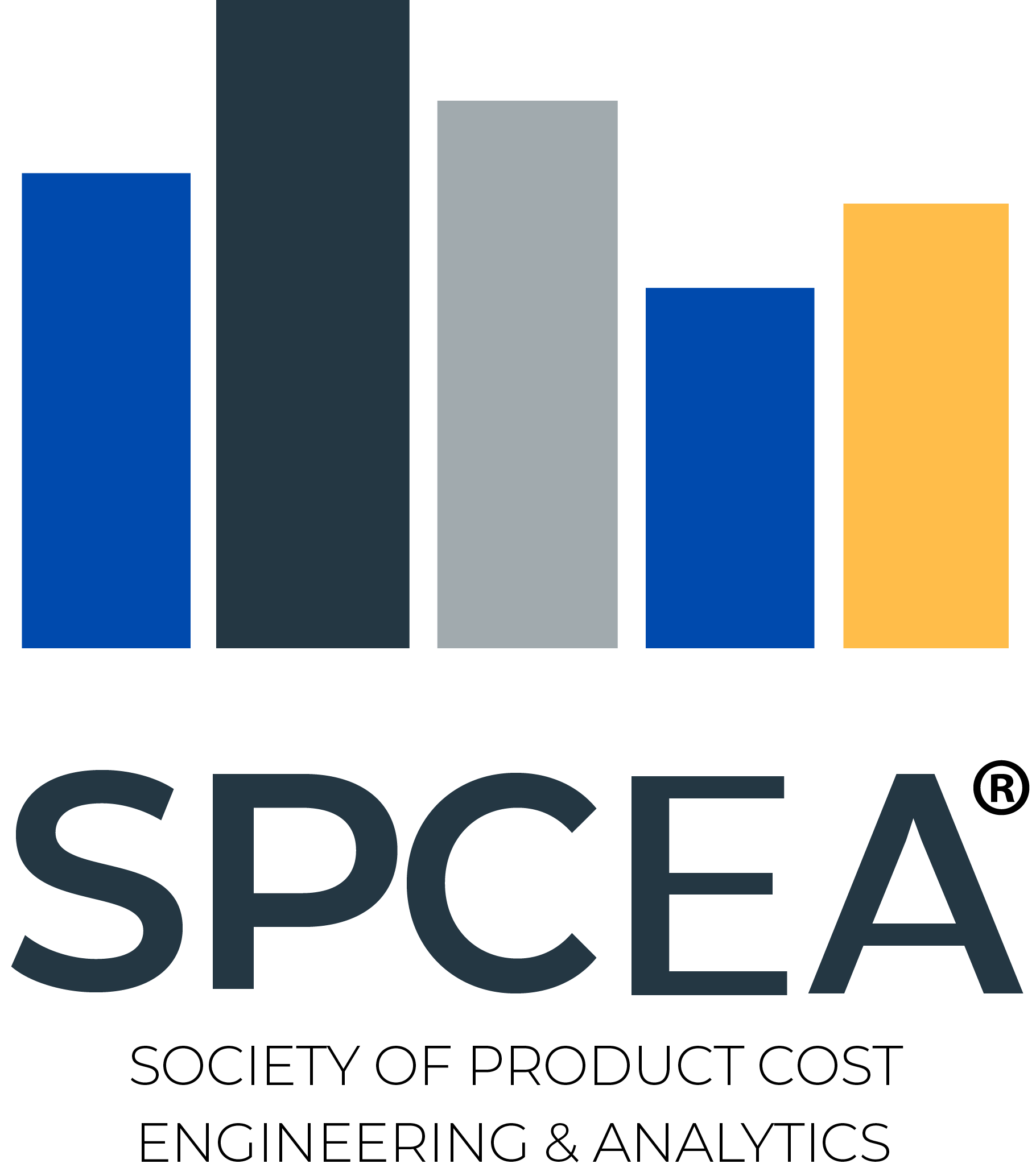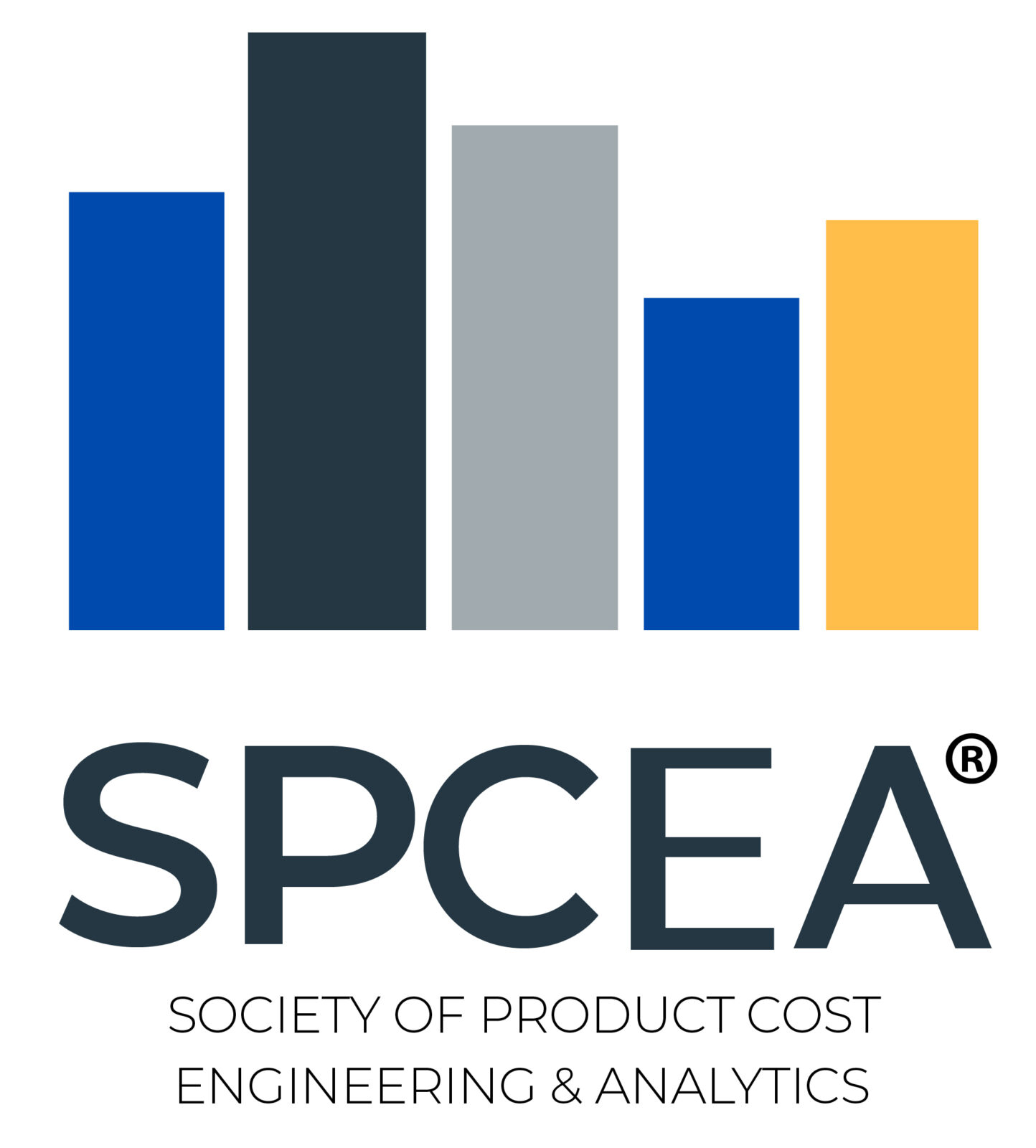Bad costing causes pain and suffering
There is a certain innocence in numbers. Just like music, they can create a harmony that soothes
the soul. Maybe that’s why some costing professionals don’t stress when performing their
calculations. They put their numbers on the page, and they walk away. No harm, no foul. Their
conscience is clear. Yet, numbers can cause great harm that can result in the pain and suffering of
many people. How is this possible?
Let’s take a real example of a cost estimator at an assembly manufacturer quoting business to
customers. This estimator calculated the cost the way he’s always done it and how his company
asked him to do it. He compiled the component costs from purchasing, calculated the labor cost
based on cycle time and the number of operators, and then multiplied it by a ratio of five to get
the rest of the process cost (a ratio given to him by accounting based on last year’s Profit & Loss
statement). Finally, he added 10% for SG&A and 6% over the total for Profit (as his company
requires). He then gave his suggested price to the sales team, who, in turn, submitted it (with 5%
extra for risk) to the customer. Soon after, the customer rejected the quote. This was the twenty-
seventh quote rejection in a row across many customers.
The company’s sales have already dropped by 40% since last year, but the cost estimator goes
home without much thought. He did his job correctly. His company is simply not competitive.
He contemplates whether he needs to find a better company to work for, one that has better
prospects for the future. No harm, no foul. He put down his numbers on the page like he was
supposed to. His conscience is clear.
Except that the reason for this failure lies in those numbers. This cost estimator and his
supervisors are the only ones to blame for this failure. Why? Because they lacked the moral
responsibility of curiosity to ensure their numbers were accurate. Instead of truly understanding
cost, they’ve done things the way they have always been done, right or wrong. They used an
incorrect overhead-to-labor ratio because it reflected the previous year’s P&L, which reflected
capacity utilization of only 30%. A ratio reflective of optimal capacity utilization (or at least one
with the quoted business included) should have been used. In fact, the cost estimator should have
used Activity Based Costing to avoid averaging inefficiencies and open capacity into every
quoted product. They also used SG&A and profit percentages that probably do not match the
actual cost and ROI required by the quoted business. These were only a few of the many
mistakes that were made.
Ultimately, the “innocent” numbers in their quote resulted in another lost business, where the
pain and suffering truly began. Here are the people who were affected by the cost estimator’s
poor decisions:
Investors
Let’s start with those for whom many people have the least sympathy, those who put their life
savings into a company, hoping to make enough money to secure their livelihood. The investors
come in many shapes and sizes. They range from banks to individuals to funds representing
many individuals. In the case of our assembler, the investor was a single family that took bank
loans. As a result of declining sales and inability to win business, the family had to mortgage
their house to stay afloat. They expected their fortunes to turn around at first (how many quotes
can be rejected in a row?), but when that didn’t happen, they were forced to declare bankruptcy.
They lost their house and moved in with their elderly parents. Also, they agreed with the bank on
a loan restructuring, where they had to sell some company assets to pay off the loan, but at $0.50
for every dollar. The family was financially ruined. However, the bank didn’t come out
unscathed either, as it could not recover the full value of its loan. Plus, they had to increase their
interest rate to other customers to recover their losses. Unfortunately, that caused them to lose
some of their customers, thus reducing their revenue and profit.
Employees
At first, the company didn’t want to fire any of its employees. The company was the only major
employer in their small town, and people didn’t have other job opportunities. However,
eventually, it had no choice but to eliminate 50% of its workforce. The company’s factory
became a shell of its former self. Their remaining employees struggled to maintain a positive
attitude. They worried about what the future held. Those who were let go stayed in their homes,
depressed and unable to find another job. Anger and desperation were followed by drug
addiction, domestic violence, and suicide. Their families struggled to put food on the table.
Community
The pain and suffering quickly extended to the small town where the company was located.
Without the tax benefit from the bankrupted company, the town was forced to fire several
teachers and staff at the local schools. Kids suffered with less attention and unmaintained
buildings. Soon, the drug epidemic and suicide rates exploded. The crime increased so much that
people were afraid to go outside. Local businesses suffered with less revenue from the
company’s employees. Some restaurants and stores had to close. The owners of those businesses
and their employees lost their livelihoods. Because the interest rates from the local bank
increased, fewer people were able to borrow money to start a business. The town became a shell
of its former self.
Country
The pain and suffering didn’t end in the local community. Unfortunately, our example company
was not an isolated incident of bad costing. There were thousands like it across the country.
Many factories, even whole industries, have closed down. Millions of people have lost their jobs.
With nowhere to go, they lurked in dilapidated homes and roamed crime-ridden cities. The strain
built up, causing dissatisfaction and anger. People protested, but nothing changed. Politicians
tried to give them free money and benefits to get them to vote for them. Still, nothing happened,
but the country was now in heavy debt, burdening all the taxpayers. This created more anger and
allowed radical politicians to come to power, promising a return to better days. Yet, nothing
happened to improve the condition of the people who have been affected. Instead, the country
eventually went bankrupt, causing massive austerity measures that resulted in hardship for all of
its citizens for a decade.
Thus, the innocence of numbers can also bring disharmony. Just like mathematical
miscalculations can lead to collapsing bridges and spaceships blowing up in the sky, they can
also lead to failed businesses, resulting in human pain and suffering. It is the cost estimator’s
responsibility to cost products accurately to give their company a fair chance to compete in the
marketplace. It is their responsibility to educate their bosses and peers on proper costing
techniques, as difficult as it may be. This is not easy to do because change, in general, is never
easy. Fortunately, there are many opportunities to further one’s costing knowledge. Many
educational materials are available through the Society of Product Cost Engineering and
Analytics (SPCEA) and the Profitability Analytics Center of Excellence (PACE). The cost
estimator’s expertise can now be certified by SPCEA (CPCE certification is available online and
on-demand through its website at spcea.org), giving employers the certainty needed in their cost
calculations. The owners and investors of companies across the world, all of their employees,
their communities, and their countries, will thank you for it.
Written by Chris Domanski, author of “Cost Engineering” and “The Cost.”


